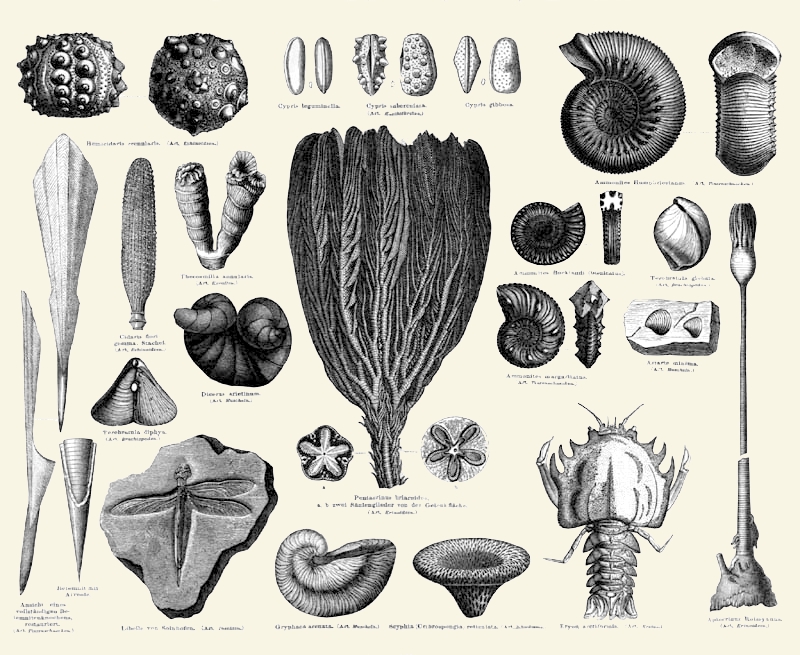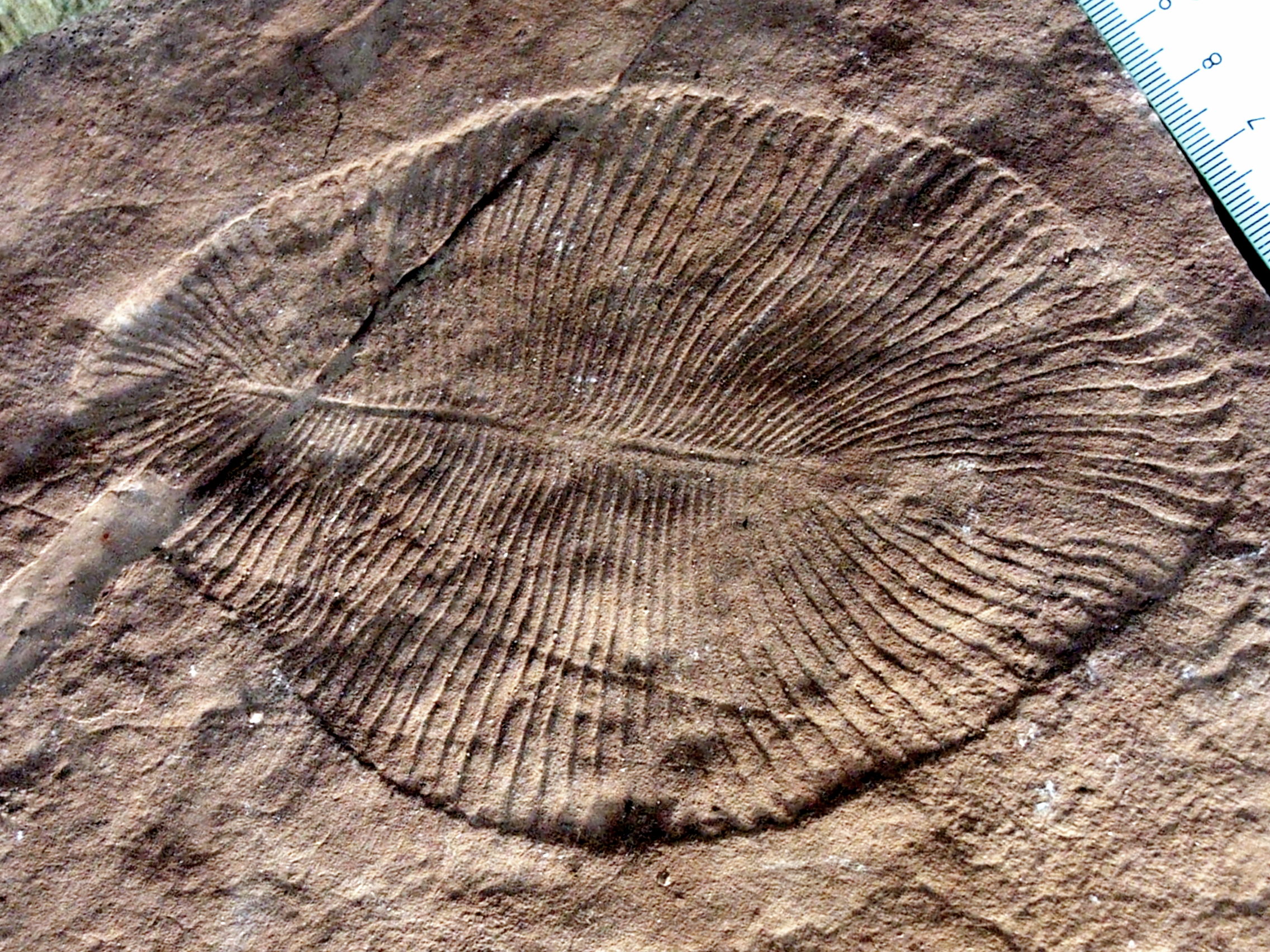This week, I'm going to talk about my personal favourites, and what I do my research on: pterosaurs! As mentioned in my previous post "What is a dinosaur", pterosaurs are flying reptiles that are closely related to dinosaurs (well, depending on who you talk to that is), but are not actually dinosaurs. As such, they are also not closely related to birds. They are a separate group all together that is entirely extinct, the last ones dying out at the same time as the non-avian dinosaurs. Pterosaur wings are different from both bird and bat wings. They are formed mainly from an elongated fourth digit (your ring finger), with a membrane from the end of that digit to its body. They have 3 tiny clawed fingers (digits I-III), as well as a bone only found in pterosaurs: the pteroid, which was likely responsible for controlling the leading edge of the wing membrane.
Pterosaur evolution is a bit hard to understand because they appear quite suddenly in the fossil record as fully flying pterosaurs during the Triassic. In terms of morphology (the form of the animal), pterosaurs can be divided into two groups: the rhamphorhynchoids, and the pterodactyloids.
Rhamphorhynchoids
Rhamphorhynchoids are the smaller, more primitive pterosaurs. The had short necks, long tails, and more basic body plans. Dimorphodon comes from the UK. It had a wingspan of 1.2 m, a huge head (20 cm), and long curved claws, suggesting it was a good climber.
 |
| The Early Jurassic pterosaur Dimorphodon |
Another interesting rhamphorhynchoid is Anurognathus, which means 'frog-jaw', for its distinctly froggy jaw. It comes from the amazing Upper Jurassic Solnhofen limestone in Germany, which is known for the amazingly preserved fossils found within. Unlike other rhamphorhynchoids, Anurognathus had a very short tail and a short, squat skull.
 |
| Anurognathus |
 |
| Rhamphorhynchus |
Of course, there is also Rhamphorhynchus, which gives the group its name. Also from southern Germany, England, Switzerland, Africa and maybe the US, this is one of the most commonly found pterosaur fossils. It has a long tail with a diamond-shaped vane at the end, and lots of pointy teeth used to catch prey.
Other important or interesting rhamphorhynchoids include Sordes and Jeholopterus, which have shown that pterosaurs were covered in a hair-like material called pycnofibres, and Darwinopterus, which has features from both rhamphorhychoids (characters of the body and wings, like a long tail) and pterodactyloids (characters of the neck and skull, like a crest). This shows that pterodactyloids evolved from rhamphorhynchoids. What a great find!
 |
| Darwinopterus |
Pterodactyloids
Pterodactyloids generally include the more well known pterosaurs like Pteranodon, which had no teeth, and flew over the seas and oceans, swooping down to catch fish. They also had large crests, which are different between males and females, suggesting they could be used for sexual displays. These are some of the larger pterosaurs, with the wingspan reaching 7 m.
 |
| A male Pteranodon in front with a large, colourful crest, while a female rests behind, with a smaller crest |
Another odd pterodactyloid pterosaur is Pterodaustro, which belongs to a group of pterosaurs known as the 'comb-mouths'. This is because Pterodaustro and its relatives look kind of like a baleen whale. They have over 1000 long, peg-like teeth on their curved lower jaw that they could use to filter small animals out of the water with.
 |
| Pterodaustro from the Early Cretaceous of Argentina |
Of course, we can't forget about Quetzalcoatlus, the largest flying animal to have ever lived. This guy was enormous. With a wingspan of about 10-12 m, it is by far the hugest thing to fly. Of course, this has lead to debate about whether or not it was actually capable of flying, but that is for a different day. Unlike the other toothless pterosaurs, this guy may have hunted on land using a 'terrestrial stalking' method, picking up small dinosaurs or other animals as it goes (see Witton and Naish 2008 for details if you're interested).
 |
Quetzalcoatlus shown using the 'terrestrial stalking'
method eating small sauropod dinosaurs |
 |
Size comparison between Quetzalcoatlus, an
average sized person, and a giraffe |
Other well-known pterodactyloids include the ornithocheirids Ornithocheirus, and Anhanguera, and the crested Tupandactylus, Tapejara, and Tupuxuara, which all had an enormous crest on their skulls.
 |
| Tupuxuara |
 |
| Tapejara |
Some important things about pterosaurs to point out. First of all, they are not all toothless. In fact they are far from it as you should have learned. Two groups lost their teeth, the pteranodontids like Pteranodon, and the azhdarchids like Quetzalcoatlus. Another interesting thing about pterosaurs is the debate over where the membrane attached. There are currently three theories: it attached to its ankle, thigh, or hip. There are arguments for all of them, and it's not yet clear which one it was, or if it was different in each pterosaur. Finally, you may have noticed that in all the pterosaurs depicted on the ground, they were not moving around bipedally on their back legs, but quadrupedally using digits I-III to support themselves, while the wing is tucked upwards. This is well supported by pterosaur trackways. Related to this, is the theory that pterosaurs took off not like birds, but by launching themselves quadrupedally, mainly using their forelimbs to produce enough energy to get them off the ground (Habib 2008). A video of this can be seen here.
UPDATE 3/9:
After I got some feedback about the blog, I found something out that I slightly mis-represented. According to Mark Witton, the membrane attachment issue is much more 'solved' than what I suggested. There is no fossil evidence for the hip-based membrane attachment, and it is highly unlikely that the thigh/knee attachment is correct thanks to another look at the key fossil of Pterodactylus that supported this idea. This leaves the ankle attachment as the only valid thought left. Many different specimens and species show a distal hindlimb attachment in the fossils, so this is most likely it. Thanks Mark for letting me know!
I think pterosaurs are pretty cool. If anyone has any questions about them, please let me know! One last thing I'd like to mention. The majority of these images came from Mark Witton, with permission. Thanks so much for letting me use your pretty pictures Mark! Also, this means that if someone wants to use these images, you need to ask Mark. He's a pretty nice guy and will probably say yes, but they are his and you need permission, so please don't steal them!
References and interesting sites
Habib MB
(2008) Comparative evidence for quadrupedal launch in pterosaurs. Zitteliana
Reihe B 28: 159-166
Pterosaur.net - Great website for anyone interested in pterosaurs to take a look at. It's run by palaeontologists that work on or specialise in pterosaurs. It has info on their evolution, anatomy, biology, basically everything you want to know!
Mark Witton's images at
Flickr and his
website - Dr. Witton is a pterosaur palaeontologist as well as a palaeoartist, which means that his images are all scientifically accurate! Definitely take a look at what he's done, but if you want to reproduce or use anything, make sure you ask him because they are all copyrighted!
Musings of a clumsy palaeontologist - specifically, the post on
pterosaur mass if you're interested!
Update: Also check out Dave Hone's recent post on
pterosaurs. Great read for people not familiar with pterosaurs!
























